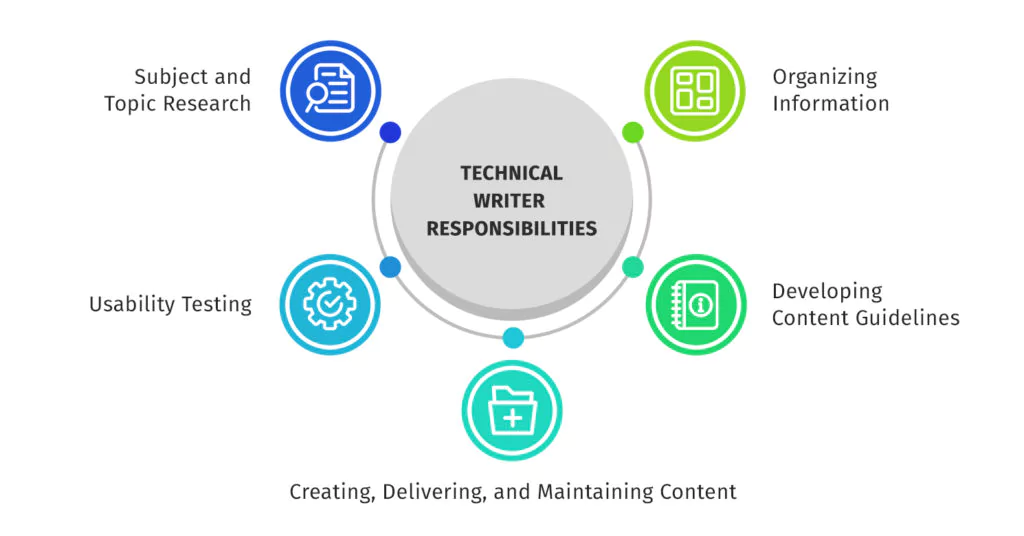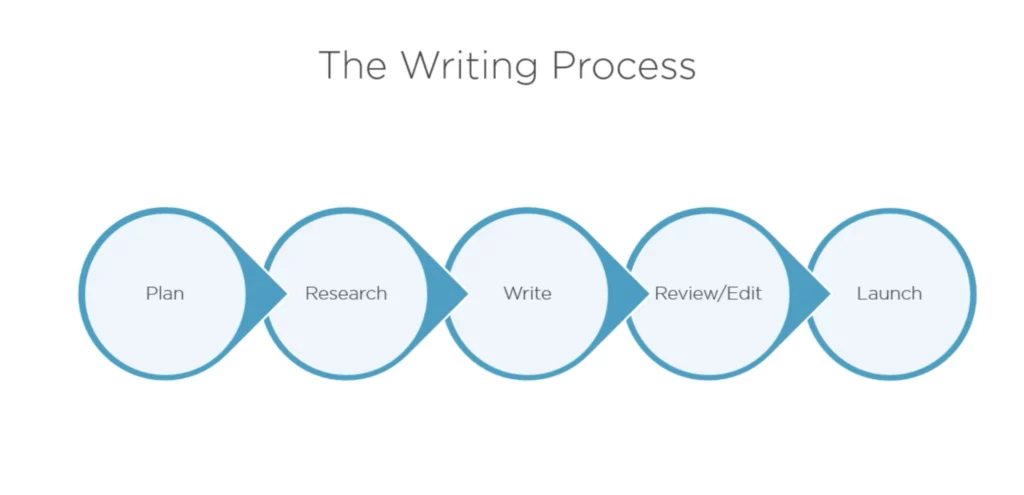The Ultimate Guide to Crafting Good Technical Articles
Author: Team WH
Published On: 19-06-23
Last Updated on: 11-12-23
Estimated reading time: 5 minutes
Are your technical articles lacking the spark needed to grab readers’ attention? Do you want to make your technical article writing more interesting and captivating?
In this blog, we’ll give the best advice for improving your technical articles.
We know that technical writing occasionally receives a bad rap for being dull, difficult, and boring. But don’t worry, we will take you on a journey that can turn dry technical articles into fascinating stories of learning and discovery. We can help you understand your audience and demystify difficult ideas. Let’s dive right in!
What is Technical Writing?

To start writing tech articles that are clear and concise, you need to understand what technical writing is. It is the art of taking complex technical information that we usually find in our hands after buying a new gadget and converting it into easy and understandable text.
Imagine you just bought a brand-new gadget but cannot operate it because you cannot comprehend the technical jargon. That’s where a technical writer comes to your rescue. They have the superpower to break down complex information and guide you through the setup process step-by-step.
Be it user manuals, user guides, FAQs, or engaging technical blogs, technical writers capture the reader’s interest with just a few words.
From here on, we will explore the important factors of technical writing and tips on how to write a good technical article.
The 5 Cs of Technical Writing
The 5 Cs of technical writing can be your guiding light when crafting effective writing in technical writing. Let’s delve right into the 5 Cs, considered the holy grail of technical writing.
1. Clarity
The first C is all about clarity. Clarifying your ideas is the first step in technical writing because the goal is to make complex concepts understandable. Make sure you are well familiar with the subject before you even begin to tap on your keyboard.
The best way is to divide the piece into manageable sections and arrange your ideas logically. Make your audience understand what you want to say without ruining the flow of the article.
2. Concise
Nobody wants to slog through a never-ending sea of words. Get right to the point quickly and be concise. Remove the fluff and focus on the crucial details.
Keep your sentences short and straightforward so readers don’t get confused. Choose concise, powerful statements that make an impact.
3. Correct
Ah, the value of correctness! Ensure your data and information are accurate and reliable because technical papers demand it. Run your article through rigorous verification before you launch it to the public.
4. Complete
Don’t leave your audience hanging! Cliffhangers in technical writing are a big no-no. Make sure your article addresses every pertinent fact about the topic it is explaining.
Start with a clear, thorough introduction, go into the pertinent details, and continue the article from a problem-solving point of view. The art of technical article writing is a whole unit with no loose ends.
5. Coherence
Your article’s coherence is a glue to keep everything together. Ensure that ideas flow seamlessly into one another.
Make a fluid narrative that smoothly leads readers through the content. Remember that your audience can become confused and frustrated by a disorganised tangle of disparate concepts. One way to keep them engaged is with smooth transition lines.
The Writing Process of a Pro

All good writers have a proper writing process that helps them stay relevant within their domain. Same for the technical writing too! Let’s see what each stage of the technical writing includes:
- Plan Phase
- Purpose of the article
- Identify audience
- Brainstorming
- Research
- Research on the topic
- Write
- Write the first draft
- Continue research and include important facts
- Review/Edit
- Consult with subject matter expert
- Customer review
- Final proofreading
- Launch
- Deliver to client
- Publish
Top Tips to Make Your Technical Article Writing More Interesting
1. Capture Your Reader’s Interest
Research your target audience thoroughly to learn more about their interests and pain points. Establish a stronger connection with them, and adjust your writing style and tone accordingly.
2. Pick a Captivating Subject
For your technical article, pick a topic that is both current and interesting. Consider many angles and viewpoints to approach the subject in a novel and compelling way. Create an eye-grabbing headline that catches readers’ attention right away.
3. Create an Entertaining Introduction
Grab readers’ attention with an intriguing hook sentence that ignites their curiosity. Create interest in the issue or topic right at the start to make your audience understand that the article will address a problem.
4. Simplify Complex Ideas
Translate technical jargon into plain language. Use analogies, practical examples, and visuals like diagrams to improve comprehension and make difficult concepts understandable to a larger audience.
5. Tell a Story
Include stories, case studies, or real-world applications to make your technical content approachable and interesting. Stories captivate audiences, evoke feelings in readers, and enable personal connections between the reader and the content.
6. Include Interactive Elements
Add quizzes, polls, or interactive activities to your content to make it more dynamic and interesting. Embed videos or other multimedia to provide visual and audio interest and improve the reading experience overall.
7. Include Visual Elements
To break up the content and make the article more visually engaging, use appealing photos, charts, and infographics. To make the material more readable, arrange it in a clear, digestible manner.
8. Make Your Article More Skimmable
Divide your content into manageable sections or subheadings to make it simpler for readers to explore and get the information they need. To make important information stand out and skimming easier, use bullet points, numbered lists, and tables to make the reader’s job easier.
9. Add a Personal Touch
Add a distinctive voice and style that reflect your personality in your writing. Connect with your readers by including personal stories or experiences in your writing.
10. Editing and Proofreading
Editing and proofreading your work can elevate your writing to a new level. Proofreading is not only limited to correct spelling and grammar but good punctuation too. Punctuation in the wrong place can make or break the meaning of your sentence.
Final Thoughts
In conclusion, incorporating these top tips can make your technical article writing exciting and engaging. With these strategies in your arsenal, you can leave a lasting impression on your readers by writing high-quality technical articles. So, let your words simplify all technical jargon that needs to be explained in layman’s language.
People Commonly Ask
1. What are the 5 components of technical writing?
The five components of technical writing are:
- Purpose
- Target audience
- Content
- Organisation
- Style
2. What are some characteristics of good technical writing?
An excellent technical writing piece will be:
- Clear
- Concise
- Correct
- Formatted
- Structured
- Informative
3. What are the basic types of technical writing?
The basic types of technical writing are:
- Medical papers
- User manuals
- Guides
- Assembly manuals
- Technical reviews
- Technical reports























































































































